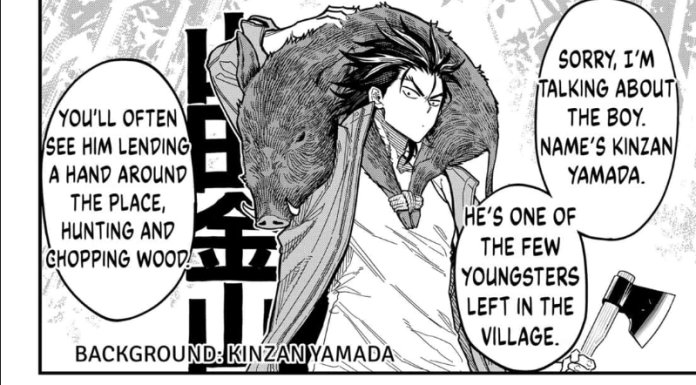
INTERVIEW: Manga Letterers Respond to MANGA Plus Using AI to Replace Human Letterers
by Danica Davidson
October 6, 2023
SHUEISHA’s MANGA Plus recently released the first chapter of Rugby Rumble, and readers quickly noted the poor lettering and text placement (see above). The reason? The lettering was done by AI, not a person. Specifically it was done by Orange Inc., which says it has “achieved a 90% cut in the process and cost of manga localization through AI.” After many readers were vocally upset with MANGA Plus — both for taking away freelance work and for the shoddy lettering — the publisher re-released the chapter and it looks much better. However, it’s not known if MANGA Plus will continue to use AI instead of people. The Japanese company CyberAgent, meanwhile, has very clearly stated it’s going to be replacing artists, designers and musicians with AI within the business. With 75% of Americans fearing that AI will cause job loss, and even more predicting companies won’t use AI responsibly, Otaku USA spoke with two letterers in the manga industry about the recent experience with MANGA Plus. After first detailing what goes into lettering, professional letters Phil Christie and Lys Blakeslee discuss having people and not machines doing this work.
What sort of work goes into being a manga letterer? If manga letterers are typically freelance, how does that work?
PHIL CHRISTIE: Manga Lettering is basically the process of taking a translation provided by a publisher and placing it on the relevant page, making sure the dialogue looks aesthetically pleasing in its word balloon. It includes selecting typefaces that’ll be used for the book and retouching pages to remove any text embedded into the artwork. For example, signs, packaging and asides (handwritten dialogue, typically appearing outside of speech balloons).
Most book layout and occasionally logo designs are also done by letterers, this is especially true if the work is for a lettering agency.
Being freelance, most letterers apply for the position and if accepted receive work from publishers or an agency that handles the lettering on behalf of a publisher.
For publishers in the US, if and when the company needs work, usually an editor working on the project reaches out to you via email and asks if you’re interested in taking on the series or job. Included in the email generally a page/book rate, due date and maybe some additional details about the manga in question.
Accepting a job, the letterer is given access to the page files, translation and anything else they’ll need to put the book together. The next step is usually laying everything out in Adobe InDesign. The letterer places every page in a document and positions it to match the Japanese book. After that, each line of dialogue and sound effect is taken from the translation and placed in the document in the correct position. Sizes of text and fonts are changed if necessary; sound effects removed and replaced if the publisher requests it.
Usually after a book is done, letterers go through 1-3 rounds of corrections and fix anything they may have accidentally missed. This is also where any changes to a translation get handled, either for aesthetic—i.e. it fits better in the balloon—reasons, or to make the translation read a different way.
The frequency in which work is offered is pretty regular, depending on whether the letterer can handle it. Deadlines can vary from 7 days to 2 months for a book to be complete. It’s differen
…. to be continued
Read full article at the Original Source
Copyright for syndicated content belongs to the linked Source : OtakuusaMagazine – https://otakuusamagazine.com/interview-manga-letterers-respond-to-manga-plus-using-ai-to-replace-human-letterers/

